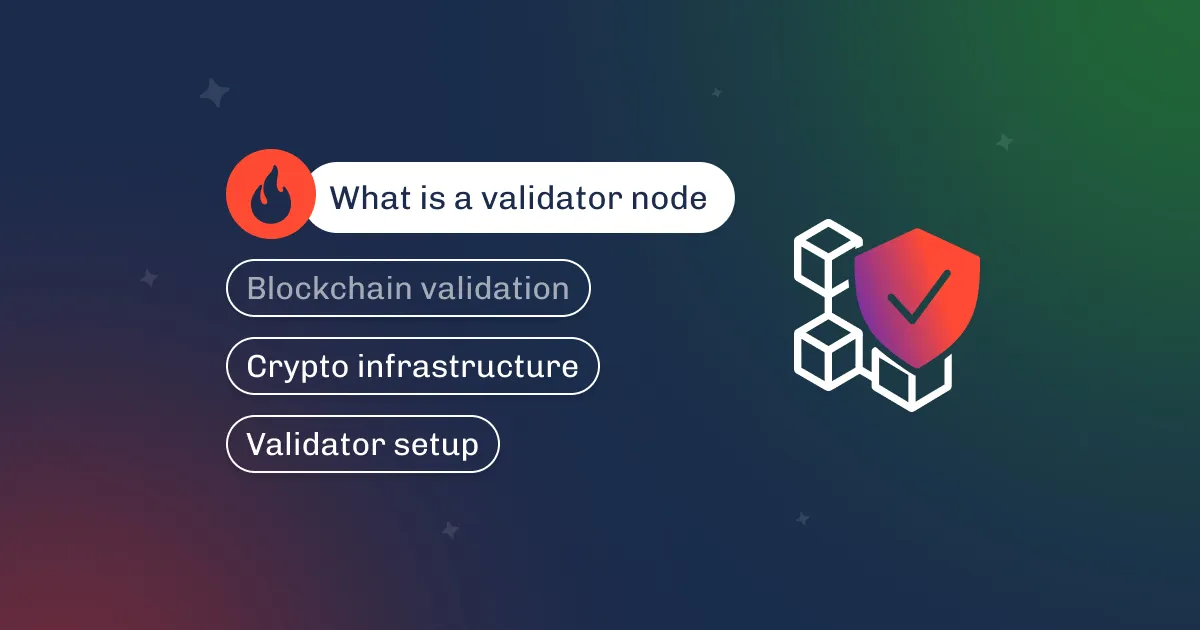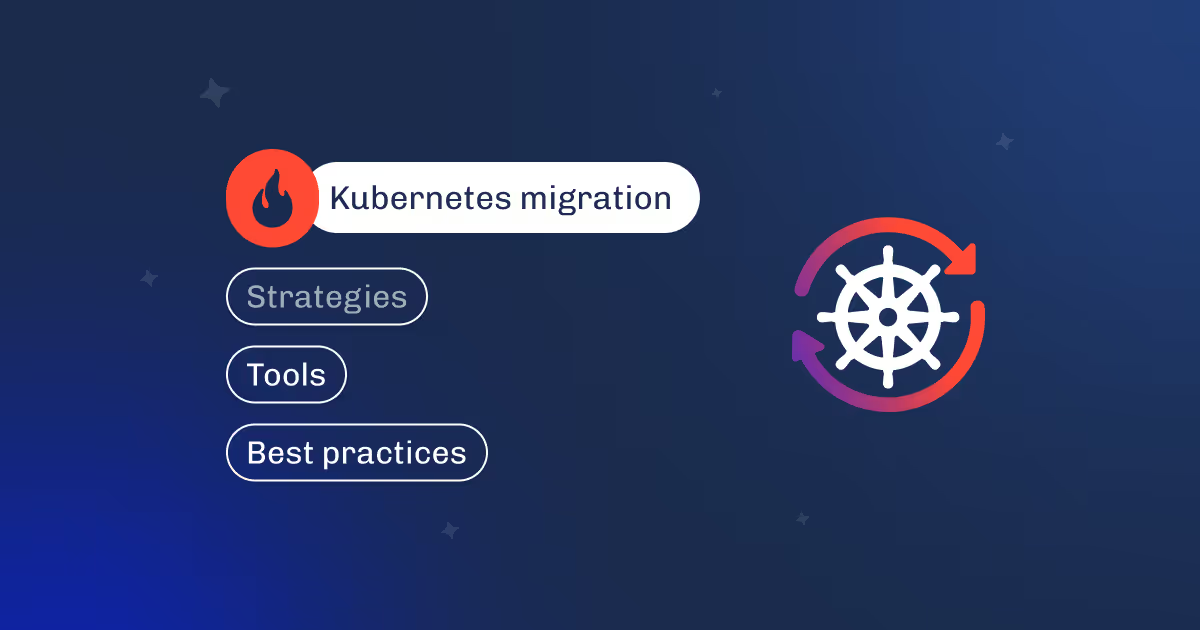

Many advisory and expert system tools in your smartphone commonly rely on Large Language Models (LLMs) trained to understand and chat in a human-like manner, serving answers or simply being helpful.
But from DevOps’ point of view, these AI systems are troublesome because of many aspects:

You can use a dedicated LLMOps (Large Language Model Operations) practice to address these challenges. This practice also covers connecting with interfaces or third-party tools and aligning with business goals. It refers to the best way to manage, monitor, secure, and optimize these massive models and provide reliable feedback for the training algorithm behind them.
Consider it similar to maintaining a self-driving car. Without ongoing updates, adjustments, and safety inspections, it could operate for just a few minutes before running into problems.
LLMOps ensures these AI systems remain efficient, scalable, and reliable throughout their lifecycle.

LLM ops (or operations) accelerate the development, deployment, and management of AI models throughout their entire lifecycle. Careful about everything, starting from the hardware arrangement, the underlayer, and the data pipelines organization, LLMOps is an error-cleansing activity and development and deployment “bushido” for a whole AI organization.

The goal of implementing LLMOps is not to hire one LLMOps rock star and wait for the magic to begin. It’s about building an even distribution of responsibilities between your dev and business teams to create a new culture shift effect that will make all deployment strategies and applications of LLMOps tools efficient. Here’s the table with an approximate allocation of responsibilities between roles in your organization:
| Role | Key focus areas | Responsibilities |
|---|---|---|
| ML engineers | Ensuring models are performant, scalable, and aligned with use cases. |
|
| Data engineers | Providing high-quality, well-structured data for model training and updates. |
|
| MLOps & LLMOps engineers | Ensuring LLMs run efficiently in production with continuous monitoring and updates. |
|
| AI/ML researchers | Exploring new techniques to improve model efficiency, adaptability, and ethical integrity. |
|
| DevOps & Cloud engineers | Making sure LLMs scale efficiently and run smoothly in production. |
|
| Security & Compliance teams | Preventing unauthorized access, ensuring compliance, and mitigating AI-related risks. |
|
| Product managers & AI strategists | Ensuring LLM development aligns with company goals and user needs. |
|
| Responsible AI & Ethics committees | Ensuring AI operates fairly, transparently, and without harmful bias. |
|
TL;DR for the table
So, how do all these people and their actions participate in the LLM pipeline? Here’s the primitive schema of a typical one:

LLMOps is valid everywhere, from preparing data for the model to monitoring its incorporation into the AI tool. DevOps's leading powers, such as resource management, scaling, cost optimization, and recovery features, make any AI system reliable.
What is LLMOps? For us, it’s the only proper set of activities to build an efficient and capable LLM that can handle market competition.
Both practices share foundational principles, but LLMOps is much more “loaded,” if we may say so. Due to the scale, adaptability requirements, and unpredictability of LLMs, the orchestrating solutions applied to the infrastructure, data, and code levels are way more complex and saturated with responsibility.
Key distinctions of specialized LLM MLOps include:
LLMs require High-Performance Computing (HPC) systems equipped with GPUs or TPUs to handle efficient parallel processing, while traditional ML models can operate efficiently on CPUs. Additionally, the training process of LLMs involves managing long input sequences, which further increases memory usage and computational load. The transformer architecture, commonly used in LLMs, scales with the length of the input text and requires more memory and processing power for longer sequences.
This feature makes LLM deployment more expensive and demands specialized infrastructure, including distributed computing and caching strategies to optimize inference costs.
MLOps typically involve training models with structured data, deploying them, and monitoring them for drift. LLMOps, on the other hand, involves continuous fine-tuning, reinforcement learning from human feedback (RLHF), and real-time adaptation to keep responses relevant. Thus, ongoing governance and oversight are critical.
Unlike conventional ML models, which provide deterministic outputs within a defined scope, LLMs generate open-ended responses that can be biased, misleading, or harmful. LLMOps must integrate rigorous guardrails, such as prompt engineering, content moderation, and real-time risk assessment, to prevent reputational and compliance risks.
While MLOps optimizes feature engineering and model hyperparameters, LLMOps shifts focus to optimizing prompts, system instructions, and retrieval-augmented generation (RAG). This introduces a new layer of operational complexity, requiring domain expertise to shape model behavior dynamically without retraining.
Traditional ML models often work with structured, proprietary data, where privacy risks are manageable through access controls. LLMs, however, may process user-generated inputs dynamically, creating potential legal and ethical risks. This detail requires robust anonymization, access control, and compliance with legal frameworks like GDPR or HIPAA.
Additional reading: Dive deep into what MLOps is.
Suppose a company plans to deploy a customer support chatbot powered by GPT-4. They need LLMOps for:
This plan involves a couple of repetitive LLMOps routines. The roadmap for the implementation of such an idea into life may look as follows:

We’re going to start with the definition of objectives, use cases, and resource allocation.
Collect, clean, and prepare training data for the model.
Let’s train or customize the model for better domain relevance.
Now, we’ll set up scalable, reliable, and cost-efficient deployment.
It’s a necessity to monitor and improve model performance continuously.
It’s time to ensure responsible AI use and regulatory compliance.
Last but not least, we’ll work on efficiency, reducing costs, and preparing for emerging needs.

It optimizes inference costs through caching, model quantization, and dynamic scaling, preventing unnecessary GPU overuse. Automated monitoring and drift detection reduce silent model degradation, ensuring responses remain relevant without manual oversight.
Data versioning and lineage tracking allow controlled improvements while maintaining compliance, which is essential for regulated industries. Prompt engineering and fine-tuning automation enable rapid adaptation to market or business changes without retraining from scratch.
Moreover, governance controls mitigate risks like AI hallucinations, security breaches, and compliance violations, securing enterprise-grade AI deployment.
LLMOps transforms raw model capabilities into a scalable, cost-effective, and continuously improving AI system, directly impacting ROI and business agility.
We will summarize some of the best practices mentioned in this article for you to navigate.

As you can imagine, LLMs require much of everything—time, effort, and resources, as mentioned above. The table below provides the rest of the reasons.

The shorter introduction would be useless, so we’re glad you’ve read this far. Here’s the list of sources we recommend for your self-education in this domain:






